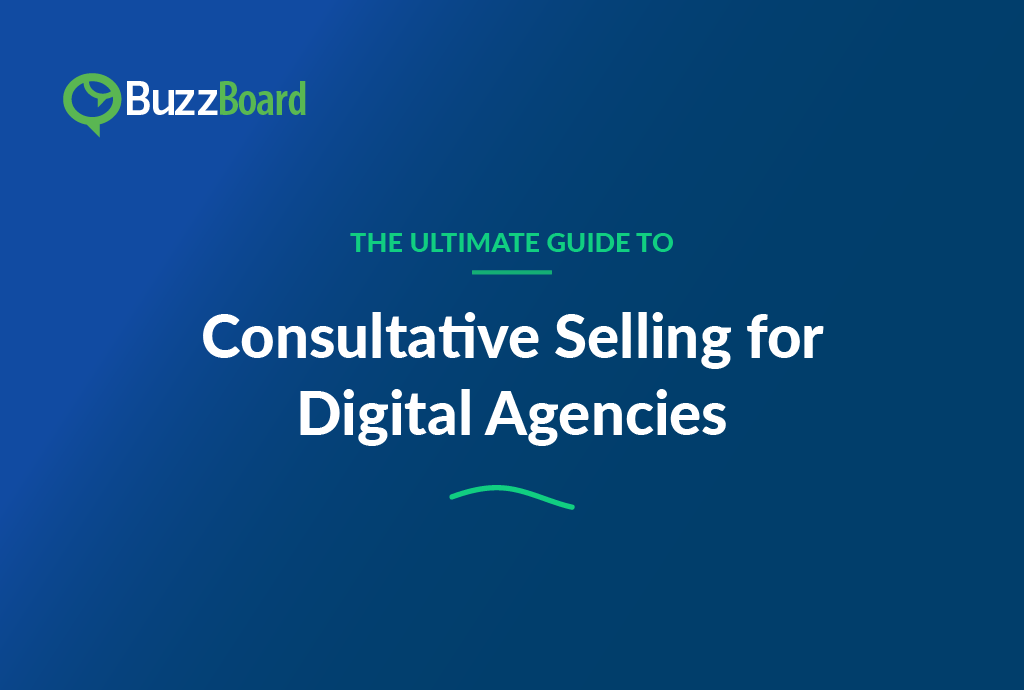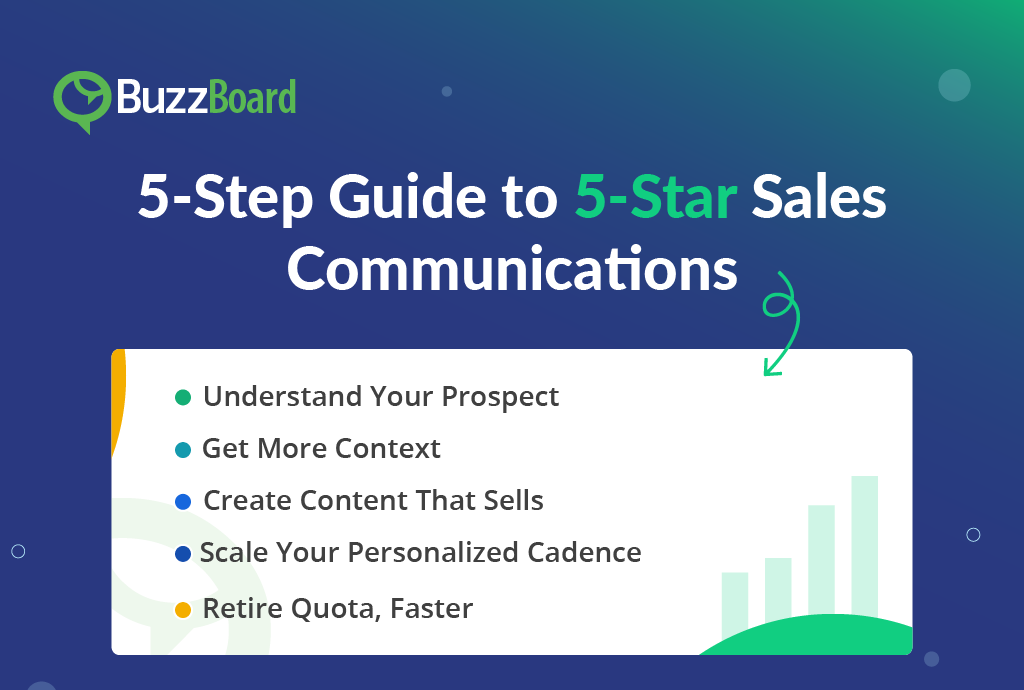Introduction
These days, we can’t assume that any prospect is doing business as usual. Most small businesses are feeling squeezed to survive, while a handful are really thriving. Sales reps can’t simply look at annual revenue numbers to determine if an SMB prospect is a qualified buyer; it’s important to follow a more nuanced collection of budget, need, and compatibility signals.
Analyze Digital Signals
At a time when most small businesses are a little short on time and money, budget signals can really make a difference to both the sales rep and the prospect. For reps, it’s frustrating to spend time cultivating a prospect who simply can’t afford your product or service. And on the other end, imagine being in the prospect’s shoes after you’ve convinced them that your solution could solve some key challenges—only to discover that they really, truly can’t afford it.
The good news for reps is that you can predict, with great accuracy, the budget, need, and compatibility before you pick up the phone or send that email.
Budget and need signals are most useful when customized to a company’s product or service, but there are a handful that are common to most businesses so we’ll focus on those here.
First Things first: Review Budget Signals
Marketing spend is often a key budget indicator. If the prospect is spending on Google Ads, for instance, they’re investing in growth. Signals in the HR and Technology categories are a great place to start. Hiring is another key indicator of growth and budget. Take a look at the HR category to see if (and how many) openings a company is advertising. Check into the prospect’s tech stack as well. Did they recently purchase a marketing software like a content management platform? These are positive indicators.
Next, Determine Need
Once you’ve determined that the budget is there, the next step is to determine need. Note that most businesses recognize that they have a need before they start betraying that need through intent signals! Ad spend (or any paid online marketing activity), for instance, should be coupled with a related technology signal—e.g. e-commerce capabilities. It’s crucial that a prospect’s website has the necessary e-commerce tools to support easy and safe online purchases—thus making the most of their advertising investment. Afterall, driving traffic to a website that only allows “window shopping” leaves money on the table. If e-commerce functionality isn’t in place, the visitors can’t convert to customers…so a little investment in the website would help the prospect to get the biggest ROI for their ad spend.
Last-but-not-least: Confirm Compatibility
Every strategy will be different, depending on the purchase triggers for your product or solution, but here’s a general list of budget and need signals that you may wish to consider as you start to customize your filters:
- Revenue
- Employees
- Location
- E-commerce
- Estimated tech spend
- Estimated ad spend
- Social engagement (posts, frequency, followers)
- Content volume (backlinks, # of pages)
- Website traffic
Remember, we’re here to help! Feel free to reach out to BuzzBoard support if you’d like any assistance developing and implementing the budget signal strategy that is right for your business.








